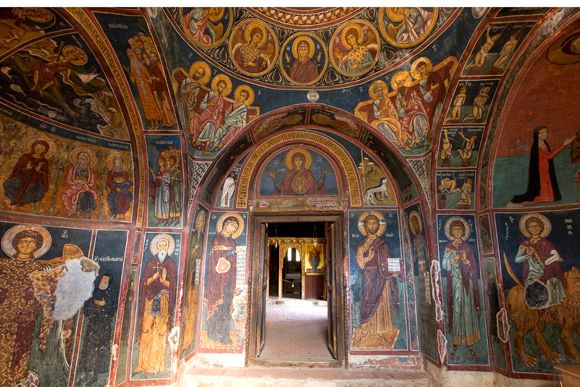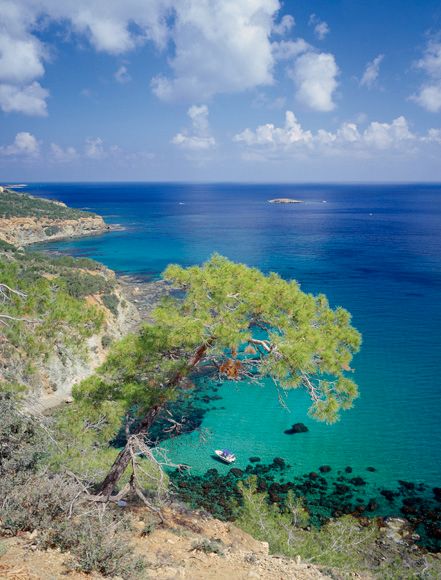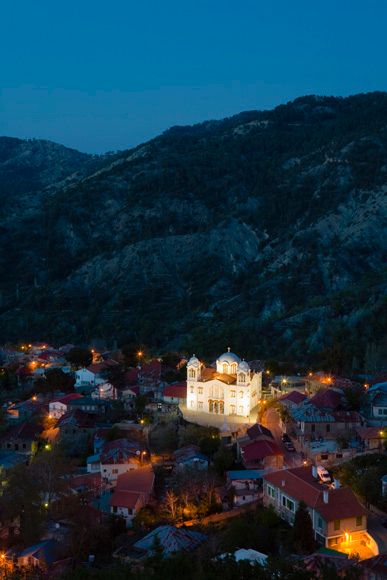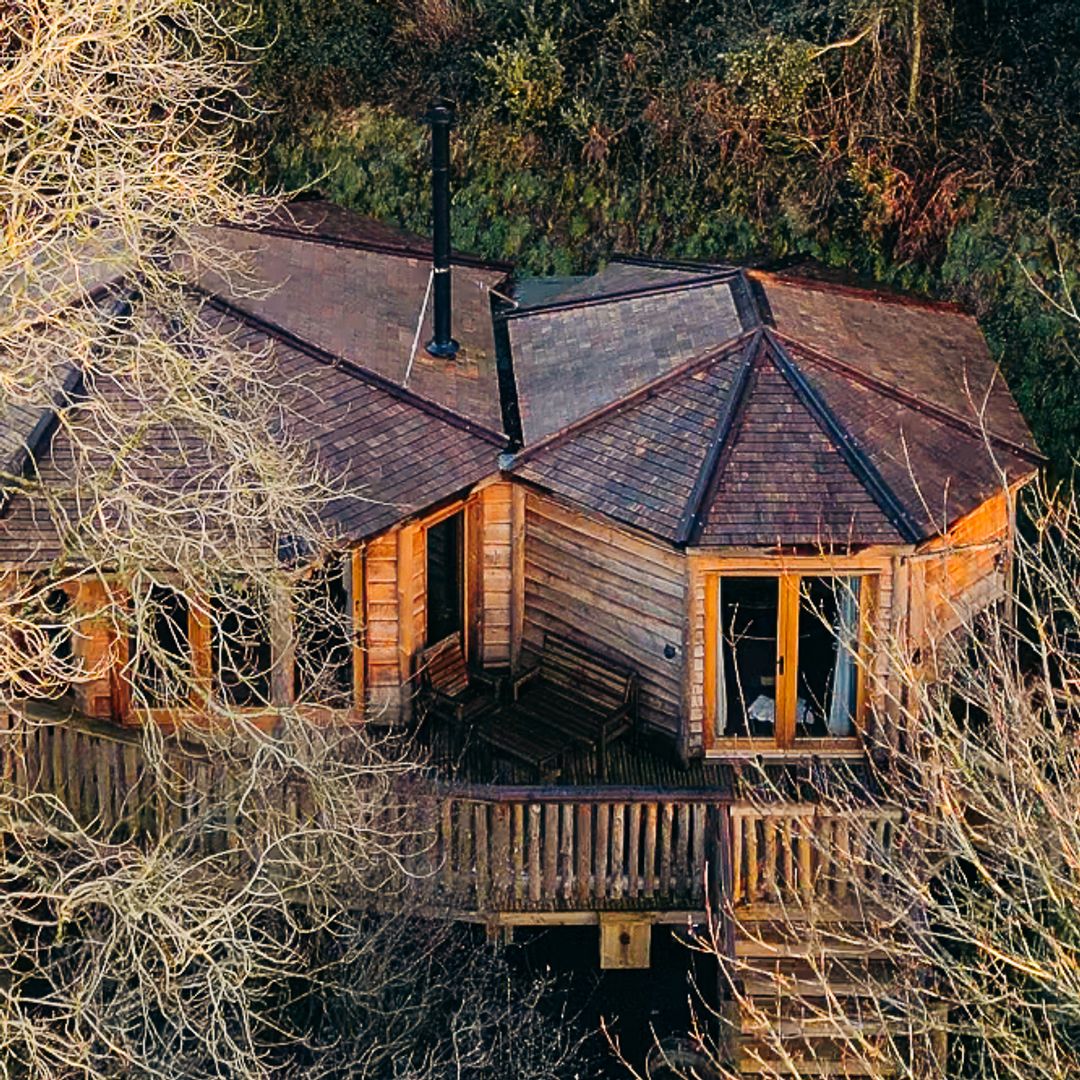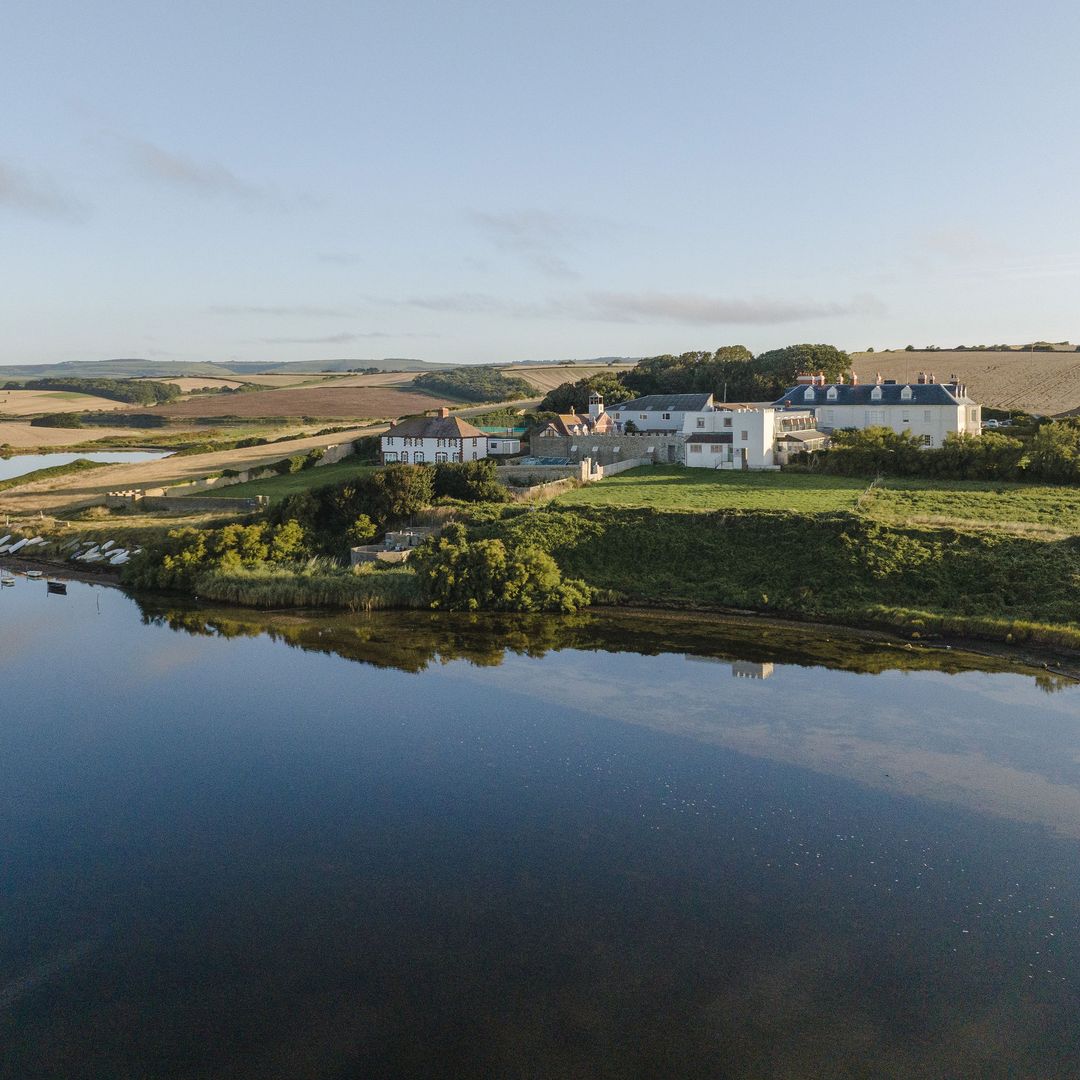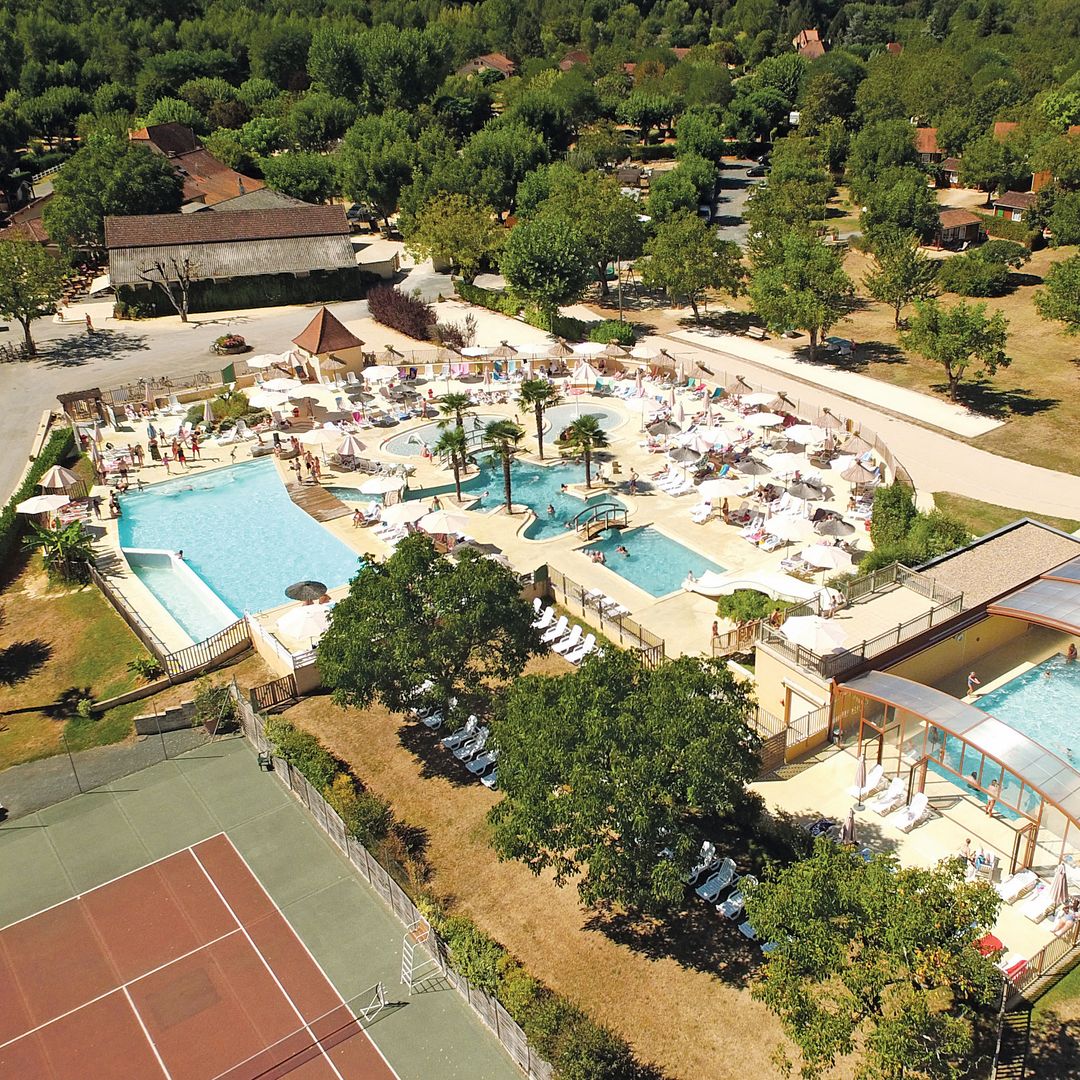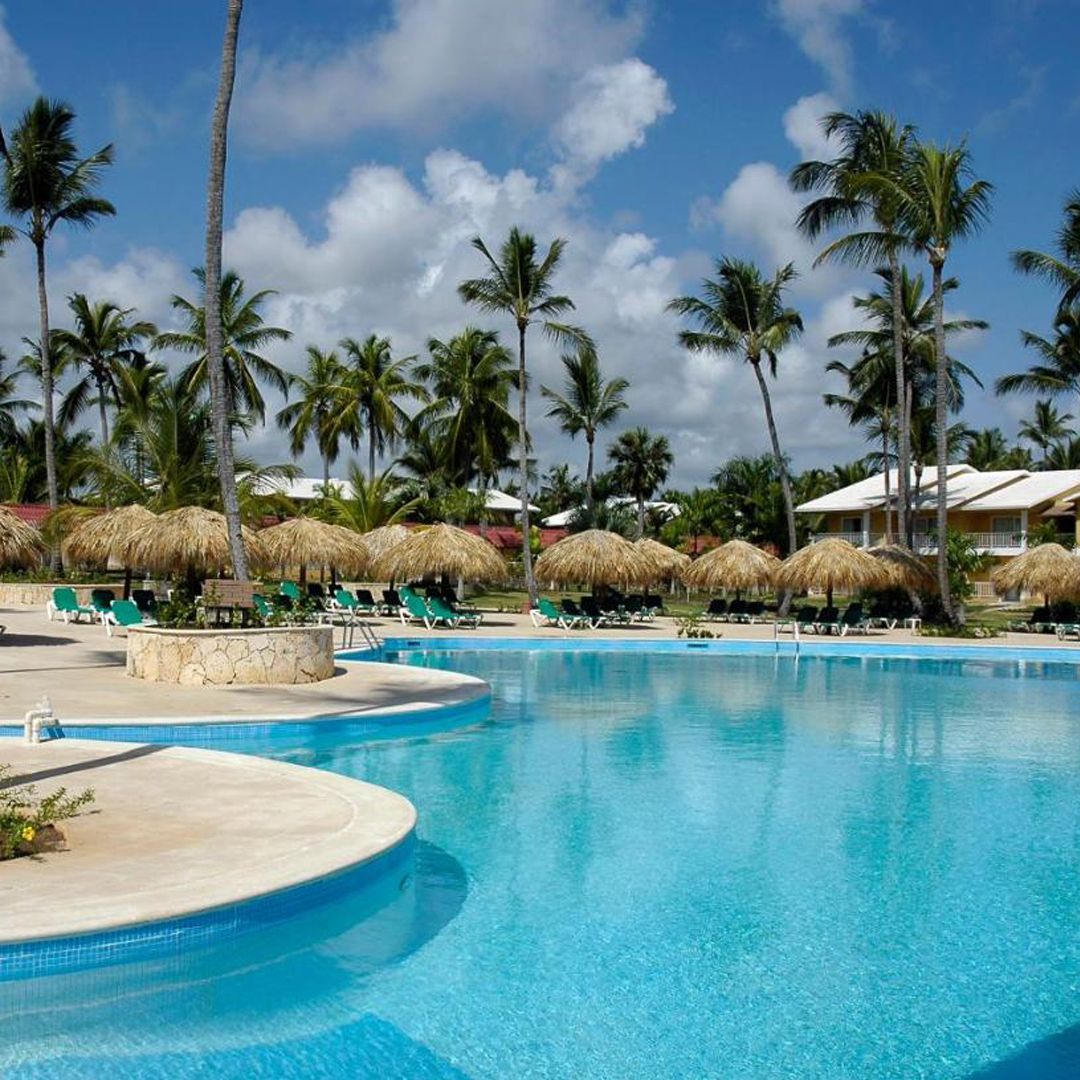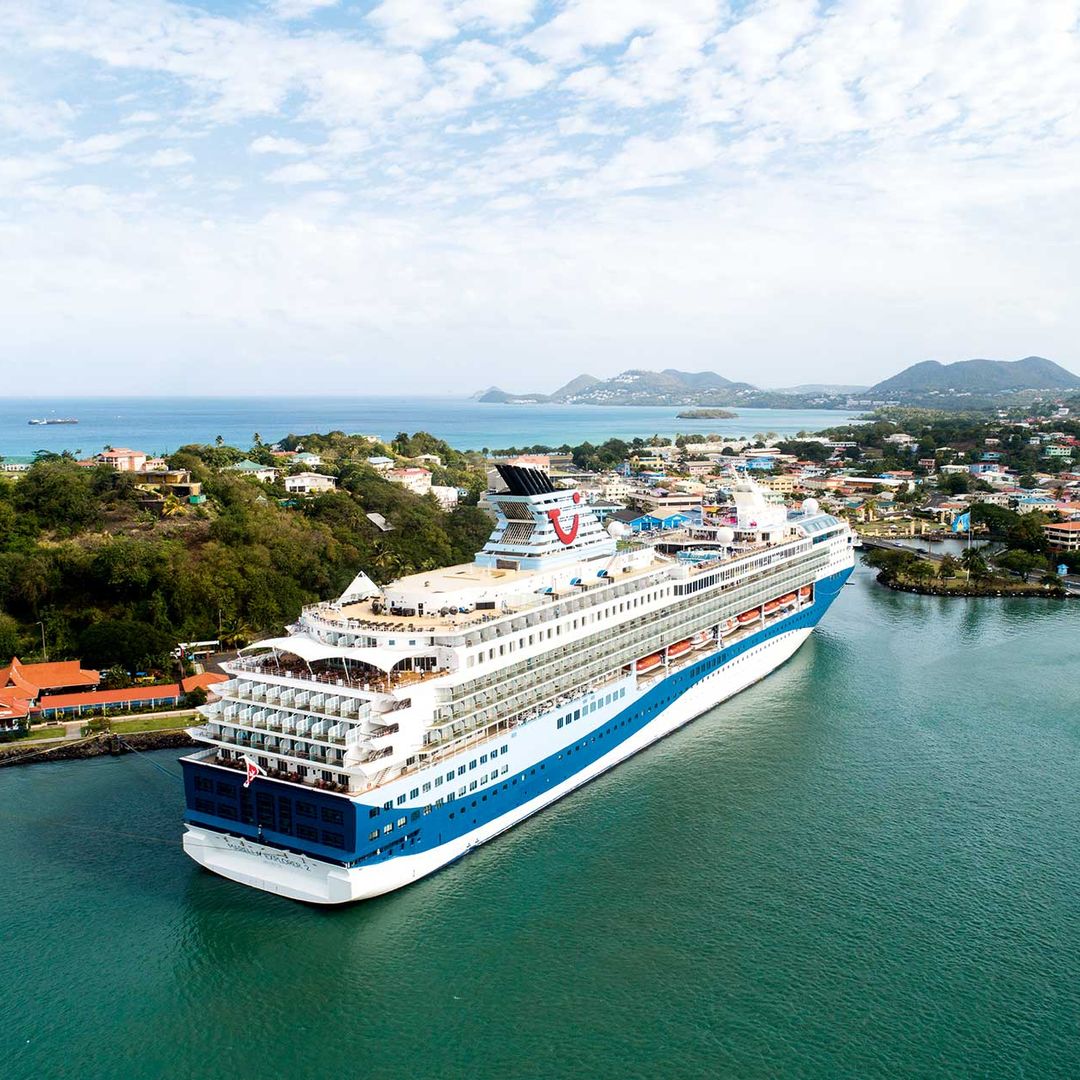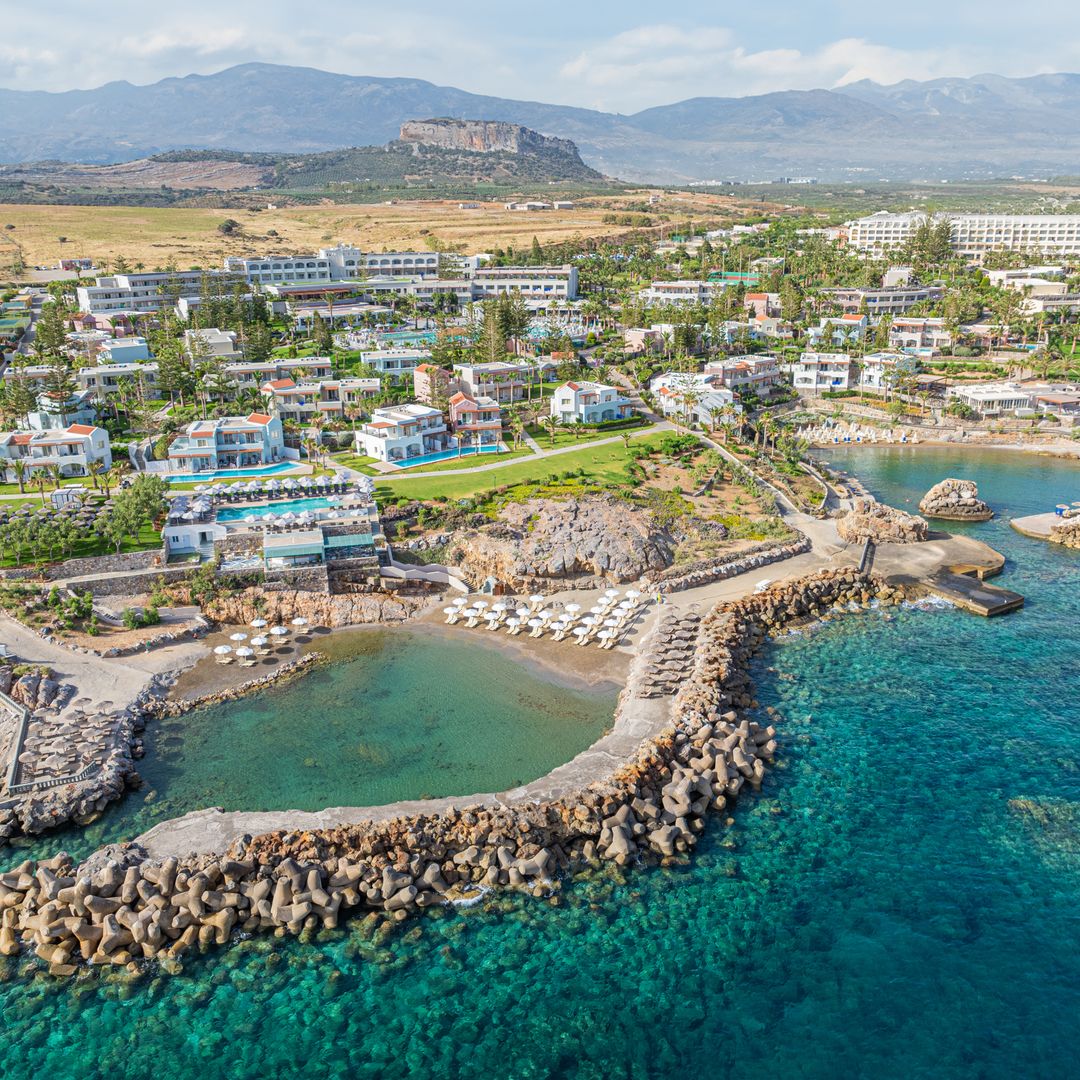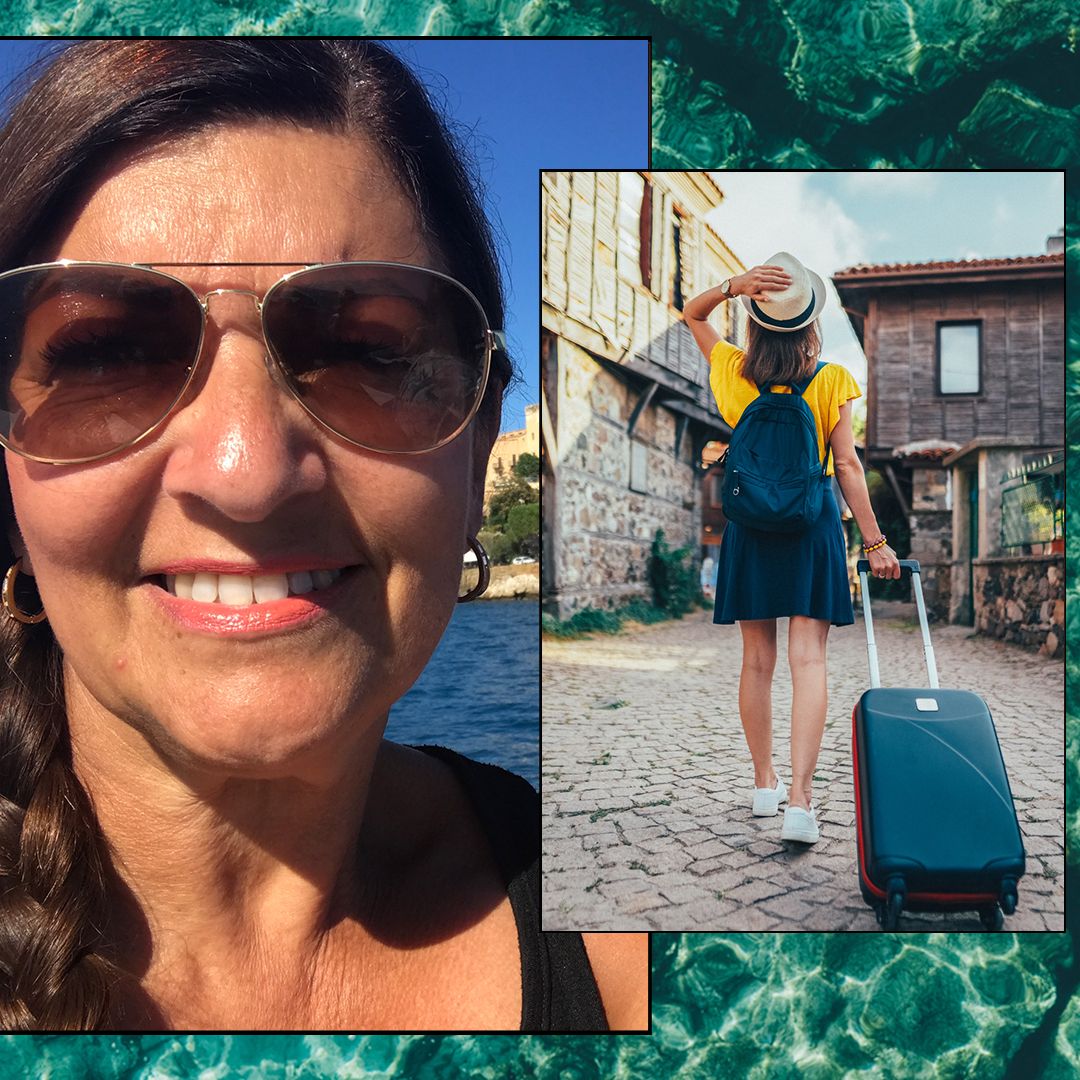According to mythology, the coastal city of Paphos was the birthplace of Aphrodite, and references to the goddess of love and beauty abound on the island, so you'd be forgiven for thinking this land must be the exclusive province of the Greek goddess and her relations.
Surprisingly, though, the Troodos Mountains – whose highest peak is Mount Olympus itself, the legendary home of the gods – take a stand against the influence of the pagan gods with a rich treasure of Byzantine churches and monasteries. Set in idyllic forests, some of them are unassuming, almost cottage-like buildings, whose simple exteriors belie the wealth of frescoes and icons housed within.
Ten monuments are grouped together as a single UNESCO World Heritage Site. They are all worthy of a leisurely visit, as are the towns and villages of the region, picturesque and relaxed, surrounded by apple and almond trees. The highlights, though, are Ayios Nikolaos tis Stegis, Assinou, and Panayia tou Arakou. The first is located north of Kakopetria and its walls are completely covered with beautiful eleventh to seventeenth century murals.
Meanwhile, Panayia tou Arakou, in Lagoudera, dates from the twelfth century and boasts some extraordinarily fine Comnenian frescoes. Like most of these churches, Panayia tou Araka is situated on the edge of town; when you get there, you need to find the priest to open the doors to give you access to this micro-universe of form and colour. At Nikitari, the church of Panagia tis Assinou (known as Panagia Phorbiotissa) also dates from the twelfth century and is dedicated to the Virgin Mary.
Of course the Byzantine churches of Troodos are only one of the many attractions of Cyprus, and it would be a shame to miss out on the others. Despite its patchwork past, the island is full of friendly people, with elderly men playing backgammon in the cafes, women who sit at their doorsteps crocheting traditional designs, and children playing in the streets.
In the foothills of the Troodos mountains, sun-dried grapes are used to make the sweet, amber-coloured Commandaria wine, whose name dates back to the times of the crusades, while the wine itself has a still longer history. Beach lovers can choose between the fine white sands of the eastern coast or the wilder western coastline with its secluded bays and coves.
The scent of almond, olive and lemon trees wafts in the air along the coastline, and it's no surprise the foam-born goddess of beauty chose to rise from the waves at Petra Tou Romiou near Paphos. The mixed cultural heritage – Greek, Roman, Byzantine, Venetian, Ottoman... – has left a monumental legacy so rich that UNESCO includes the whole town as a single World Heritage Site.
Inland, Nicosia has been the island's capital since the tenth century, when it was known as Lefkosia. The narrow winding streets, lined with traditional houses, evoke the atmosphere of old Nicosia with craft shops, cafes and tavernas. The second most populous city, Limassol, is an important Mediterranean trade and tourism centre, and it is here that many of the island's main cultural events are held.
The lively Limassol Carnival lasts for ten days and includes parades and masquerade balls, while in September, the annual Wine Festival gives visitors a chance to taste some fine Cypriot wines. Just along the coast, near Episkopi, the marvellous classical ruins of Kourion include a Greco-Roman amphitheatre, which has been restored and is used for open air theatre and music.
Getting there:
Monarch operates flights to Paphos from Birmingham, London Gatwick and Manchester airports with fares, including taxes, starting from £59.95 one way. Visit monarch.co.uk for further information.
Where to stay:
Paphos is home to one of Cyprus's finest hotels, the Almyra, where accommodation options include the open-plan Kyma suites with stunning harbour views from the roof-top terraces. In Limassol, Le Meridien Spa and Resort is notable for its award-winning spa and wide range of children's facilities, while in Nicosia the Hilton Cypress offers the capital's only five-star accommodation. The recently renovated Sandy Beach Hotel in Larnaca, is set right on the Dhekelia beach, overlooking the turquoise waters of the Med.
Gastronomy:
The strategic location of Cyprus and the passage of a range of cultures through the land explains the rich and diverse cuisine with its clear Greek, Turkish and even British influences. This land of olives and fine citrus fruit boasts its own particular cheese – halloumi – which the locals enjoy in a tasteful combination with watermelon. Experienced gourmets know that the best way to experience Cypriot cuisine is to order an assortment of meze – small snack dishes – with the sweet Commandaria wine. And for dessert, candied fruit, and a chilled glass of the strong zivania liqueur.
Where to eat:
The Amathus Hotel in Limassol boasts five luxury restaurants; don't miss the award-winning Limanaki Fish Tavern, set right on the beachfront. The Art Cafe 1900 in Larnaca offers the bohemian ambience of a local taverna and cleverly mixes good food, art and centuries-old tradition. In Nicosia, Mediterranean haute cuisine is the watchword at the sophisticated Electriki Palia (Apostolou Varnava 19), where dining in the cool of the garden is a summer evening delight.
Further information:Cyprus Tourism

